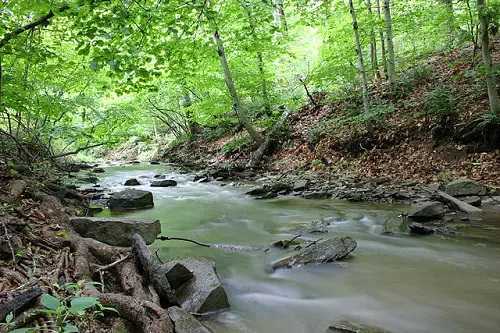Flooding in rivers is a natural occurrence, and this is basically due to excess water. With increasing amounts of water accumulating in the river from rain or melting snow, for example, the time will come that the size of the river banks will not be able to accommodate the excess water and result in flooding.
Rivers are like catch basins that literally accumulate water over time. Various streams from the mountains, for example, may all drain to the river adding more water to it. And when it rains, still more water will be dumped into the river. Even if the river’s water is flowing, excess water can still accumulate in excessive amounts that there is a natural tendency for the water to spill or overflow. When this happens, flooding will occur, and this may also cause damage to nearby areas. When the flooding occurs in the forests, for example, the excess water may cause the river to get bigger and nearby trees and plants may be uprooted or washed away. In the case of rivers that pass through a town or city, for example, the flooding may cause extensive damage to houses, buildings, roads, and other property. It may even cause danger to the lives of the people that live near riverbanks.
River flooding may also come as a result of melted snow during the spring and summer months. Snow in the mountains typically builds up starting in the autumn and peaking at wintertime. When spring sets it, there are literally more sunny days that can easily melt the snow up in the mountains. As the snow melts in large volumes, the water will then travel down to lower ground and other retaining areas including rivers. With excess water coming down the rivers, flooding can easily occur because of the sudden increase in the amount of water flowing in some rivers.









Leave a Reply